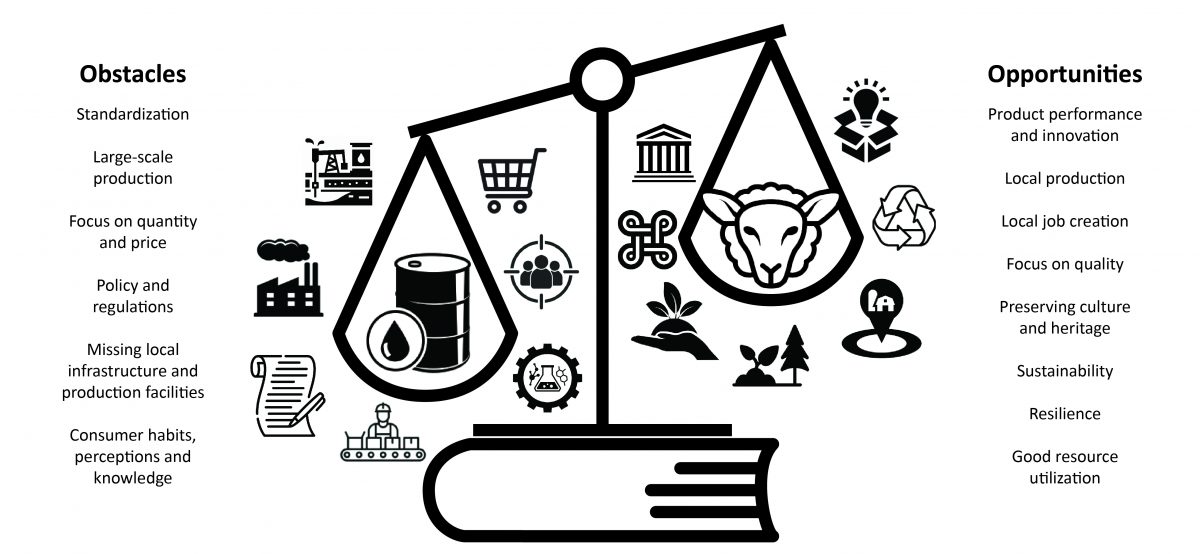Flawed or redundant: products with long lifespans against the odds
Authors: Harald Throne-Holst and Kirsi Laitala
Abstract
Many strategies are proposed that should enable the consumers to keep using the products for longer, but there is less research on which and how consumer practices contribute to longer lifespans. In this paper we focus on two specific, distinct ways of reaching long lifespans: 1) retaining redundant products even though they are not needed or used, and 2) keeping on using flawed products despite they no longer functioning, fitting, or delivering the expected service level. In the former, the products are passive while in the latter they remain in active use and thus reach longer service life. The discussion is based on six focus groups conducted in connection with the project LASTING. The overarching theme was product longevity of three product groups: electronics, textiles, and furniture. Our analysis points to five categories of explanations for products that are either kept despite the lack of any intention of using them again or retained in active use despite flaws: Economic, Ethical, Social, Emotional, and Intentions. It remains important to focus on active service life and various ways to promote it to reduce the environmental and climate impacts of consumption. The role of each of the five categories will be discussed, as well as implications for sustainability and policy options.
Click here to download and read the full article.
Click here to download and read the full conference proceedings (aalto.fi).
